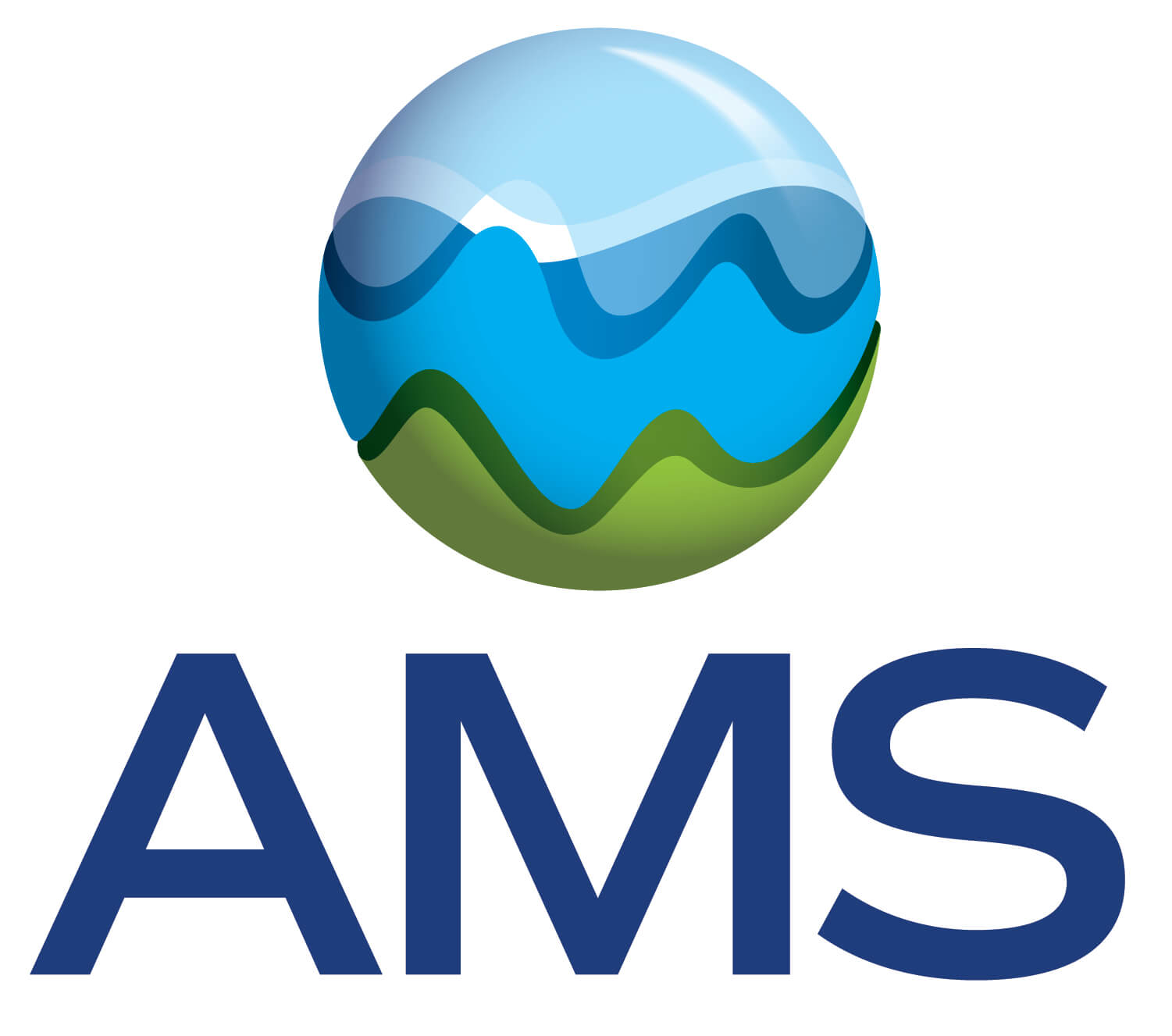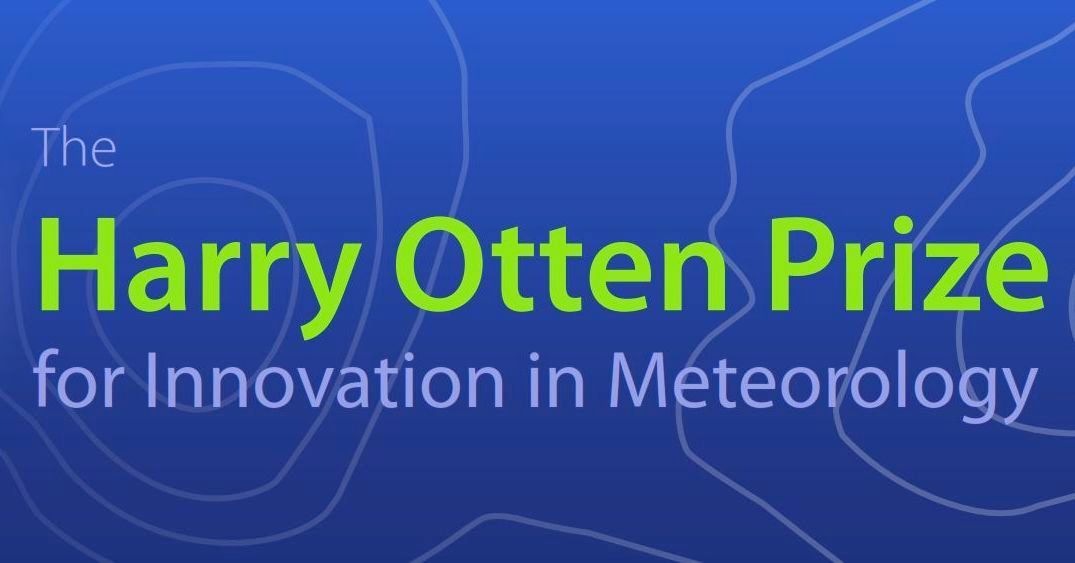A skilful 24-hour rainfall forecast for Africa based only on tropical wave observations
- Karlsruhe Institute of Technology, Institute of Meteorology and Climate Research, Troposphere Research, Karlsruhe, Germany (athul.satheesh@kit.edu)
Numerical Weather Prediction (NWP) models generally underperform compared to simpler climatology-based precipitation forecasts in northern Tropical Africa—in some regions, even after statistical postprocessing. Recently developed Artificial Intelligence (AI) weather models show promise in forecasting various meteorological variables, but so far, they largely avoid precipitation forecasts due to its complex nature. However, recent studies have demonstrated the efficacy of a logistic regression model trained on past days' rainfall data to predict daily rainfall occurrences, outperforming NWP ensemble forecasts by leveraging coherent rainfall patterns driven by synoptic-scale forcings like African Easterly Waves (AEWs). AEWs and other tropical waves play a crucial role in modulating synoptic-scale rainfall in tropical Africa, yet their explicit utilization for predicting daily rainfall amounts remains unexplored.
The present study addresses this gap by employing two machine-learning (ML) models—gamma regression and convolutional neural network (CNN)—trained solely on tropical wave predictors derived from satellite-based gridded precipitation data from Global Precipitation Measurement Integrated Multi-satellite Retrievals (GPM IMERG) to predict daily rainfall amounts. The predictor variables are computed from the local amplitude and phase information of seven types of tropical waves at the target and neighbouring grid points at 1° spatial resolution. The ML models are combined with the recently introduced Easy Uncertainty Quantification (EasyUQ) method to generate calibrated probabilistic forecasts, which are then compared with three benchmarks: a climatology-based forecast (Extended Probabilistic Climatology- EPC15), the European Centre for Medium-Range Weather Forecasts (ECMWF) operational ensemble forecast (ENS), and a probabilistic forecast derived from the ENS control member using EasyUQ (ENS EasyUQ). Our findings reveal that the ENS forecast exhibits poor skill relative to the EPC15 forecast across most parts of tropical Africa, primarily due to high miscalibration. While the ENS EasyUQ forecast shows considerable improvement over the ENS forecast, only marginal enhancement is achieved compared to the EPC15 forecast over land regions. In contrast, both gamma regression and CNN forecasts significantly outperform the benchmarks in most areas of tropical Africa and fail to achieve statistical significance only in the arid regions in the far North and over the equatorial Atlantic Ocean. Overall, the present study highlights the potential of ML models trained solely on tropical wave predictors to enhance daily precipitation forecasting in tropical Africa, offering valuable insights for improving operational forecasting systems in the region.
How to cite: Rasheeda Satheesh, A., Knippertz, P., and Fink, A.: A skilful 24-hour rainfall forecast for Africa based only on tropical wave observations, EMS Annual Meeting 2024, Barcelona, Spain, 1–6 Sep 2024, EMS2024-333, https://doi.org/10.5194/ems2024-333, 2024.















